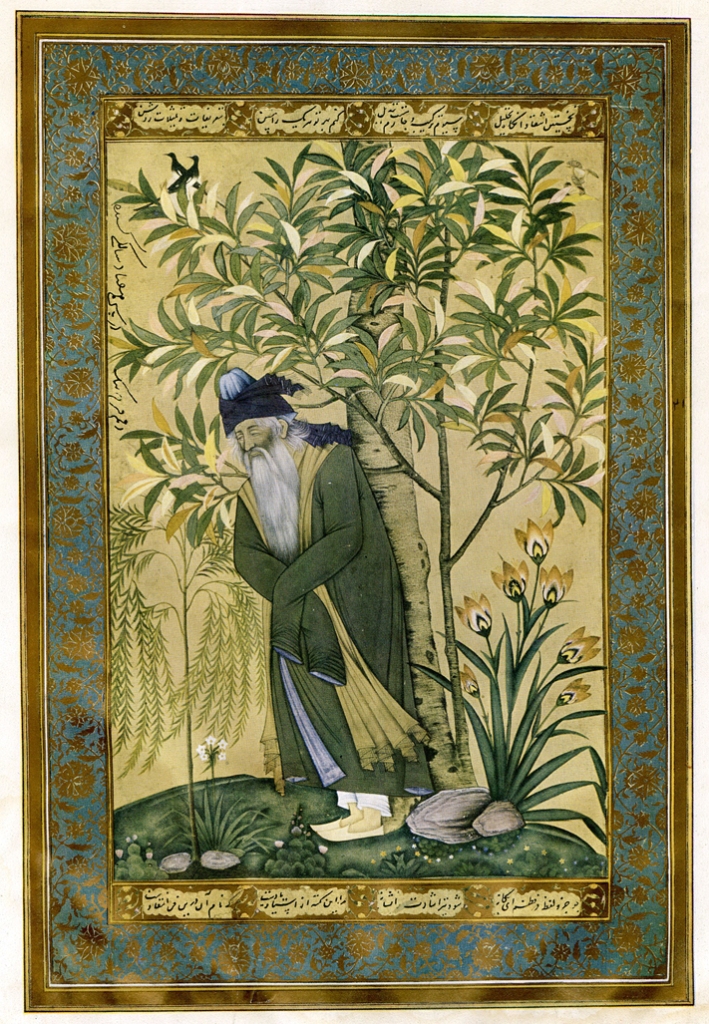
I was always drawn to subtle light, not the blinding bright one, but the humble light that searches and elevates hidden beauty in the shade … the stray beam on a patch of peeling paint, a spark of sun in a puddle, the amazing transformations of shapes and colours created by a tiny shift of its direction. I love how light sculpts the garden through morning mist, how it paints cloud landscapes, how it slips through the frame of a window, teases the shadowy folds of a gauze curtain, or how it honours leaves by flooding through the gaps to jewel the ground. When I took to squinting through the branches against the sky, I discovered their negative pattern – appearing like a distant universe.
Even as a toddler I’ve been mesmerised by the musical dance of light across the forest floor, any shifting shadows on surfaces, and, occasionally, I imagined strange new forms in a light and shadow show. This was not particularly encouraged by my parents, who thought my weird imagination was a bit over the top, too vivid. So obviously I shut up about these impressions, and any odd thoughts that crossed my mind..
Maybe my angel was annoyed that I wallowed in being lonely, but lacked the grace to acknowledge her being there, all the time. Anyway, she decided to introduce herself. The vision came while I was under deep anesthetic trance for a life-saving operation to remove a dysfunctional appendix.
I was around eight years old.
Waking up in in pristine white room, wrapped up in pristine white bedding, the first thing that flooded into my mind was the crystal clear memory of meeting my angel.
She invited me to follow her along a corridor; she was luminous, with translucent wings. She opened a door. While I was reviewing this instant in the pristine white room, I had a physical sensation or relief. She had opened a door.
The scene repeated itself in that there were many doors dividing the corridor, and one after another was opened with a soft nudge by my angel. She was basically telling me, ‘You don’t need keys; doors will open for you, if and when you want to, be it forward or backwards, future or past.’
The vision relieved the pressure of rejections; foremost felt from my father’s secretive psyche. My grandmother had warned my mother that her son was a closed cupboard. My angel suggested I had a choice as to what door I opened, and when. Opening a door backwards, I eventually I found that my dad’s cupboard protected a deeply sensitive romantic.
My next door is ahead, and it entails fully embracing the process of continuing with the writing of my third novel – ’Mesa’ – the most challenging project yet, especially since I’ve no idea where it will lead.
To come back to my angel … a spirit guide every individual has, though not necessarily perceived … it is a being (no matter what you call it) offering intimate rapport. In various cultures there are different terms for this guardian, be it angel, the Green One, understood as an ancient pagan spirit of the wild woods, or ‘Khidr’ in mystical Islam – appearing from nowhere when help and advice is needed, most often not the rational kind.
- G. Jung says Khidr reveals not just the greenness of the chlorophyll within the leaves, not just the sunlight / water responsible for their nourishment and liveliness, and not just the (secondary) green ray of light that is refracted as the “middle-pillar” within the light spectrum, but also the (primary) undifferentiated light of a pure and altered consciousness. For Jung, Khidr resembles the inner self.
In that sense, one could say, Khidr helps us to adjust traditional maps to our present individual territory. When you think a little about it, you’ll probably recall the moments in your life, tiny as they may have been, when an angel being changed your life for the better, even when it required a disruption of your expectations. And think of the angels of dear friends who are on a wavelength with yours and support your best intentions.
Ideally, we find our kin over the years. My use of the imagination, distinct from fantasy, was often affirmed. Particularly the ‘The Creative Imagination’ Ibn ‘Arabi reveals as The Science of the Heart, influenced the writing of my novels (info. on my book page.) Meanwhile, you may like my short essay on the subject.
My short essay, inspired by Henry Corbin’s book ‘Creative Imagination in the Sufism of Ibn ‘Arabi’ … English edition by Princeton University, 1969 The Science of the Heart – written 20 yrs ago https://courseofmirrors.files.wordpress.com/2011/03/science-of-the-heart.pdf…
One of some related post on this site is from July 2020 … https://courseofmirrors.com/2020/06/07/alone-with-the-alone/
The image above is from a print depicting Khidr, given to me by a Sufi friend.


